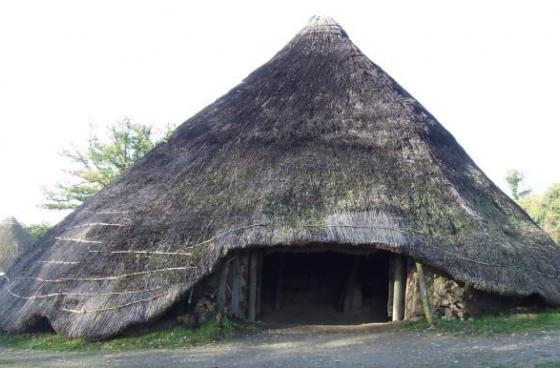This is a rare opportunity to link excavation and long-term reconstruction, and a small ream of volunteers with some excavation experience are required for this collaborative project between the Dyfed Archaeological Trust and the University of Liverpool on behalf of the Pembrokeshire Coast National Park. Three reconstructed roundhouses and a four-post granary are on the site, which will continue to be open as a heritage attraction for the public.
The longest-standing roundhouse in Great Britain at the Iron Age inland promontory fort of Castell Henllys has just been replaced by a new reconstruction after standing for 35 years. A full record was made before dismantling, and then the site where it had stood for all that time was excavated. We are now repeating this process for another 34-year-old reconstructed roundhouse, with a unique method of construction for the British Iron Age. Both buildings were placed on the exact sites of the originals, where possible using the excavated postholes and the lines of the wall foundations. The evidence recovered during this two-week excavation will be compared with the original excavated traces, and we will test whether known changes to the reconstruction’s floor and hearth, and the building’s structurally adaptation and maintenance, can be recognized archaeologically.
Pitches at the Llwyngwair Manor public campsite are paid for by the project (volunteers bring their own tents). Meals will be provided (with a rota for kitchen and other domestic tasks); some travel costs can be covered. The nearest railway station is Fishguard Harbour.

